Johnson Space Center Celebrates Hispanic Workforce
Hispanic Heritage Month is a month-long celebration of the impact Hispanic and Latino communities have on society. These communities made and continue to make extraordinary contributions to our country’s history and culture. NASA’s Johnson Space Center recognizes the major role our Hispanic and Latino workforce plays in advancing the agency’s mission and success for the benefit of all humanity.
Read more about Johnson’s Hispanic workforce below.
Richard Jones, NASA Operations Manager, Commercial Crew Program
Richard Jones has dedicated 35 years of his career to NASA. He is responsible for mission management, operational integration, crew safety, and real-time execution of all Commercial Crew Program missions. Most recently, Jones played a key role in the successful launch and docking of NASA’s SpaceX Crew-7 mission to the International Space Station, followed by the safe undocking and splashdown of Crew-6.
“I strive to do a good job every day and let my work speak for itself,” he said. “I was fortunate enough to have been mentored by some of the greats in human spaceflight and space operations over the years. I would not be the person or professional I am today without those influences. I hope there will be engineers who come after me who will be able to say that I inspired them or influenced them in a similar way.”
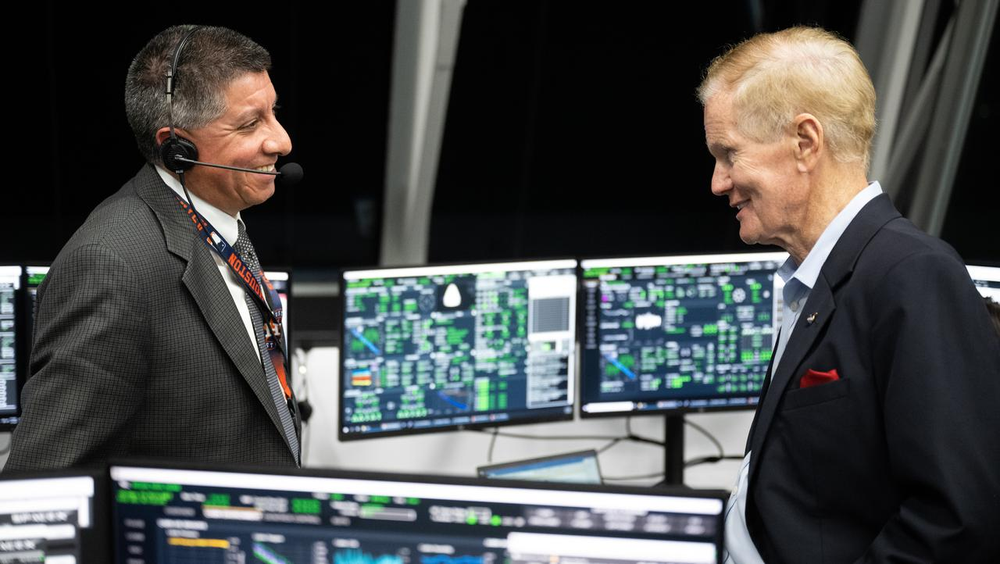
In addition to the Commercial Crew Program, Jones supported the Space Shuttle Program. Both programs have accomplished ground-breaking human spaceflight achievements in support of the agency’s needs at different periods in American history. Jones said he feels honored to have been a part of both.
When it comes to supporting and promoting diversity and inclusion at Johnson, Jones emphasizes the need for diverse perspectives as they challenge individuals and help them to grow into effective leaders.
“We are all different as individuals. There is so much diversity of thought, perspective, and culture even within the Hispanic community,” he said. “We must continue to harness each other’s differences as a strength. At NASA, we are tasked with solving some of humanity’s most complex problems and we can’t do that effectively if we are all thinking the same way.”
***
Samantha Espinoza, Meeting Support Specialist, Human Space Flight Technical Integration Contract
Samantha Espinoza is a meeting support specialist at Johnson under the Human Space Flight Technical Integration Contract (HSFITC). She hosts and supports the NASA Extravehicular Activity and Human Surface Mobility Program (EHP) board panels and meetings with the HSFTIC program. Espinoza takes pride in being a LGBTQ+ Latina at Johnson.
“My biggest achievement is never giving up,” she said. “Although I have been doubted by many people in this world, I have persevered and fought to be where I am today.”
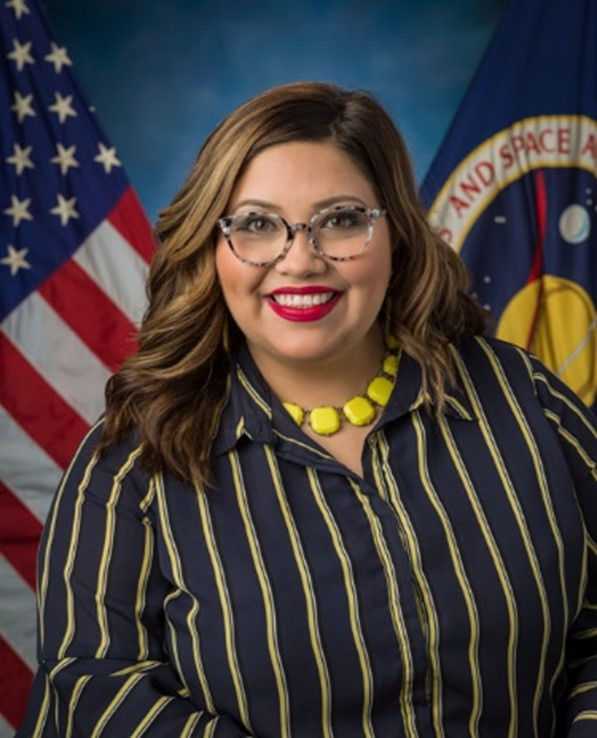
Espinoza strives to promote diversity at Johnson and believes that this can be accomplished by being mindful of each other’s unique backgrounds and cultures. Espinoza celebrates her culture and identity by never hesitating to speak Spanish or translate when needed and embracing her cultural cuisines in the workplace.
Espinoza worked in public education for 10 years prior to her current position and said she always told her Artemis Generation students to believe all things are possible. Espinoza knows that is true because of her unique journey, and her time at Johnson has underscored how important it is to continue passing that message and inspiration on to younger generations
***
Kat Kennedy, Ground Control, Mission Systems Operations Contract
As a ground controller in the Mission Control Center, Kat Kennedy analyzes all ground equipment necessary to receive and send telemetry, voice, and command data to the International Space Station. Ground controllers also gather data from spacecraft and launch facilities to help the flight control team make critical launch-day decisions.
In her four years at NASA, some of Kennedy’s most memorable moments have underscored the importance of diversity and cultural appreciation.
“Getting to have a hand in the Artemis program has been amazingly fulfilling,” she said. “When I look around mission control, the diversity I see in the room is much different than what we saw in the 1960s. This, to me, shows huge growth in the program and being able to be not just a Hispanic person in the room where it happens, but a Hispanic woman, means everything to me.”
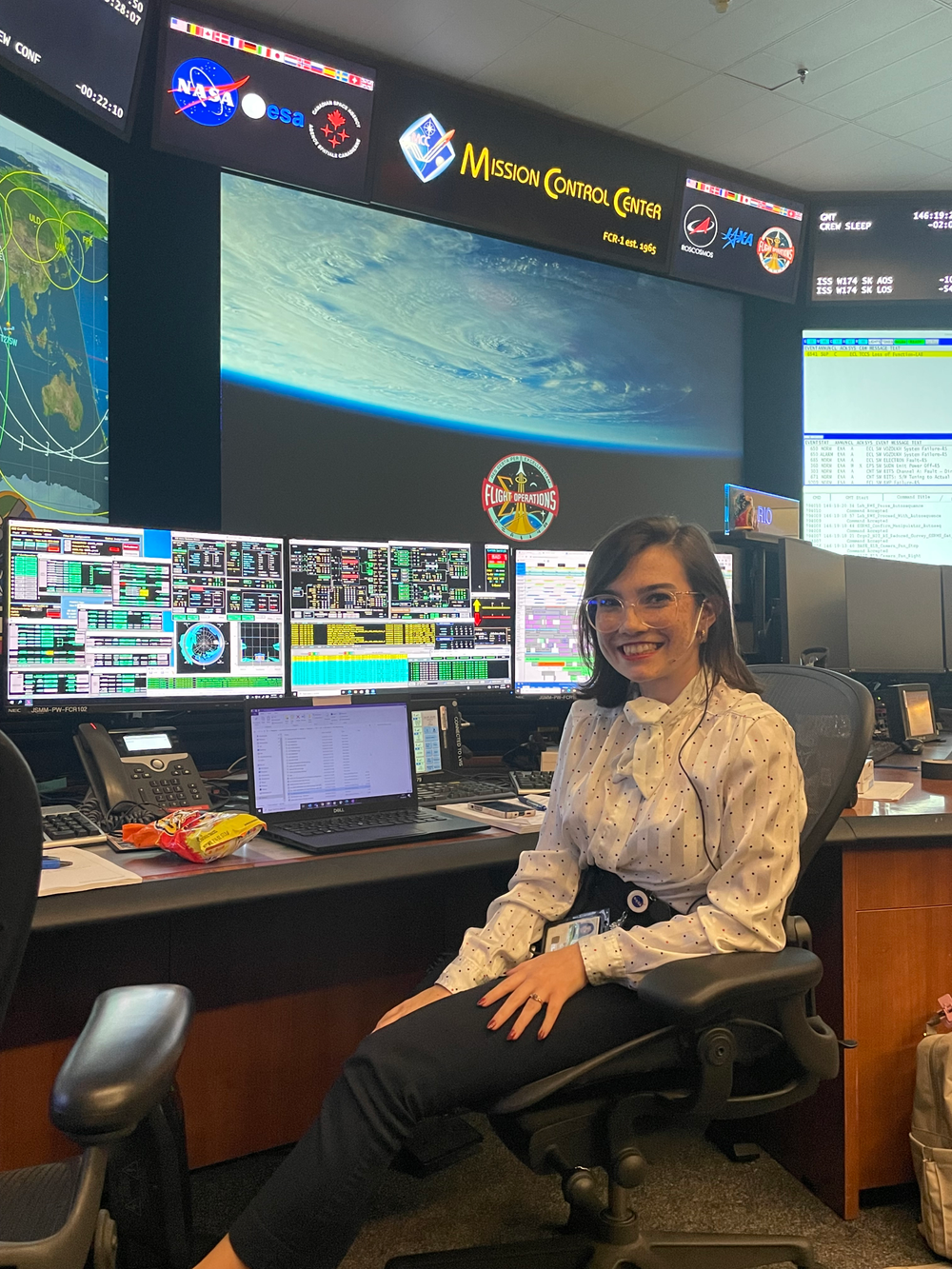
Standing up for what you believe in and speaking out in the face of adversity are mantras for Kennedy. Most importantly, she believes promoting diversity can allow the Artemis Generation and beyond to reach for the stars.
“If kids get inspired from an early age that they can be whoever they want to be – an astronaut or working in mission control – then they will strive for it,” Kennedy said. “Kids who are at-risk and in low-income communities, such as the Rio Grande Valley, need more outreach from the space industry. These are the kids who need to know they can do it, and I believe NASA can focus on these communities to further inspire the next generation of space explorers.”
Kennedy believes that NASA is working hard to embody its workforce’s diverse cultures. “We aren’t done being inclusive or diverse, in fact, we are just beginning.”
***
Juan Garriga, Daily Operations and Crew Support Expedition Instructor, Flight Operations Directorate
Juan Garriga is months away from supporting NASA’s mission for 33 years. As a Daily Operations and Crew Support (DOCS) Expedition Instructor within FOD (Flight Operations Directorate), Garriga ensures that crews are knowledgeable and proficient in using tools and applications they will rely on to perform their daily operations and tasks onboard the space station. Juan instructs crewmembers to use tools like the procedure viewer, timeline usage, stowage applications, onboard network, and video conferencing. In addition to training crewmembers, DOCS team members provide instruction to flight controllers and directors, and anyone in FOD that needs training as part of their certification flow.
Garriga embraced and shared his Hispanic culture throughout his career supporting NASA.
“I enjoy helping others that are trying to learn Spanish. I’ll say phrases or words in Spanish related to whatever the conversation is, it has been mutually beneficial because it helps me keep my vocabulary fresh and up to date,” he said. “Often conversations turn to food and home cooked meals, which brings up tons of fond memories growing up and gives people an insight into the Hispanic culture.”
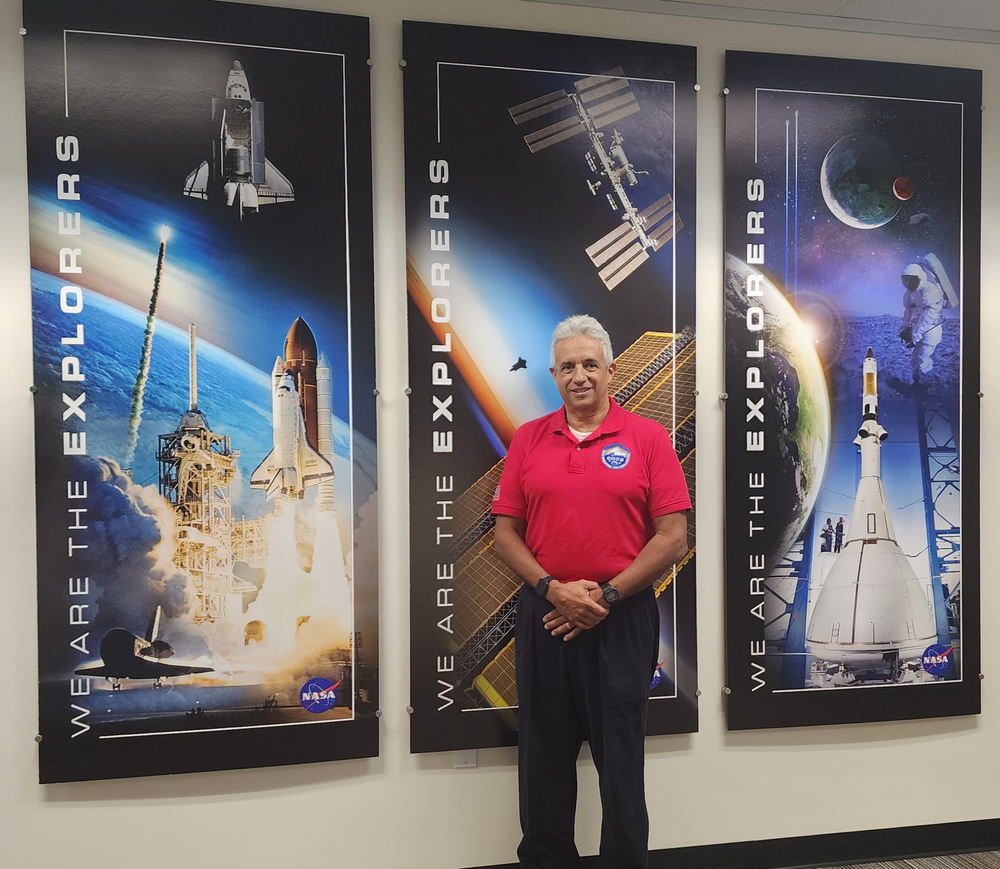
When it comes to his most prideful achievements, Garriga ranks raising his kids as his number one. “I have enjoyed working in many areas at Johnson and it’s hard to pinpoint just one,” he said. “Every day is truly a gift, from training astronauts to working with new hires and my coworkers. Space flight is not easy and involves thousands of dedicated people – I’m fortunate to be one of those folks who can contribute to our nation’s premier space program.”
Alongside his team and the community at Johnson, Garriga goes above and beyond to make NASA’s space program a success that paves the way for the future of Johnson’s Hispanic workforce. To the Artemis Generation he says, “Never overlook the safety of the crew or anyone else. Keep pushing forward. Never lose sight of your goals. Dream big!”
***
Michael Devine, Structural Loads and Dynamics Engineer, Loads and Structural Dynamics Branch
As a structural loads and dynamics engineer, Michael Devine’s primary responsibility is to assess the structural behavior of aerospace components, spacecraft, and systems. Specifically, Devine supports vibration tests and conducts detailed analyses to understand how structures respond to forces, stresses, and vibrations that various components experience during launch, spaceflight, and landing. His current projects include Gateway and VIPER (Volatiles Investigating Polar Exploration Rover).
Devine's family has roots in Mexico, and he makes it a point to visit the country annually, not only to rekindle connections with family and friends, but also to immerse himself in Mexico’s rich culture and beauty. Upon returning, Devine strives to infuse the positive energy and memorable experiences from Mexico into his Johnson workplace. Additionally, he has discovered that sharing Mexican candy with his coworkers serves as a tangible way to bring a slice of Mexico to his office.
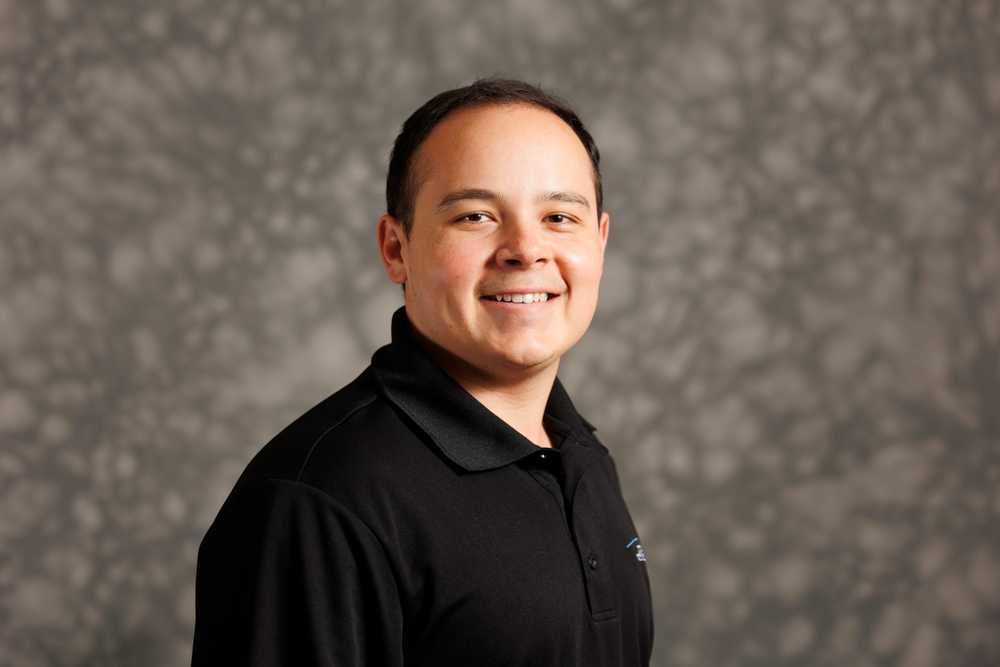
One of the challenges Devine faced when he first began working for NASA was not feeling like he truly belonged.
“Being around so many high achieving individuals, it can be easy to forget that you are equally qualified and capable,” he said. “To overcome this feeling, I try to seek opportunities and projects I find both interesting and challenging, so that my contributions lead to a more fulfilling professional experience.”
Devine believes that NASA can embody diversity and inclusion more actively by fostering mentorship and sponsorship programs that specifically target underrepresented minority groups in a unified effort across the agency. These programs could pair experienced professionals with emerging talents from diverse backgrounds, creating opportunities for career development, guidance, and networking.
Thinking about the Artemis Generation, Devine said he hopes to share his sense of excitement with them and the possibilities of what they can achieve in the realm of space exploration as a minority.
“Through my work, I want to inspire them with the importance of teamwork, problem solving, and responsible exploration of the stars,” he said. “And you must admit, saying, ‘We are sending astronauts to the Moon again’ sounds pretty cool!”
***
Jackelynne Silva-Martinez, Mission Integrator, Moon to Mars Explorations Operations
Jackelynne Silva-Martinez is a mission integrator and provides critical expertise and assistance in developing cross-program mission integration concepts, products, and implementation for all Artemis programs. Silva-Martinez takes particular pride in implementing human systems integration and technical and management processes for Gateway. Her position requires collaboration with teams across the agency, international partners, and commercial providers to support NASA’s mission.
Silva-Martinez noted that being younger than many of her colleagues created some challenges in her career.
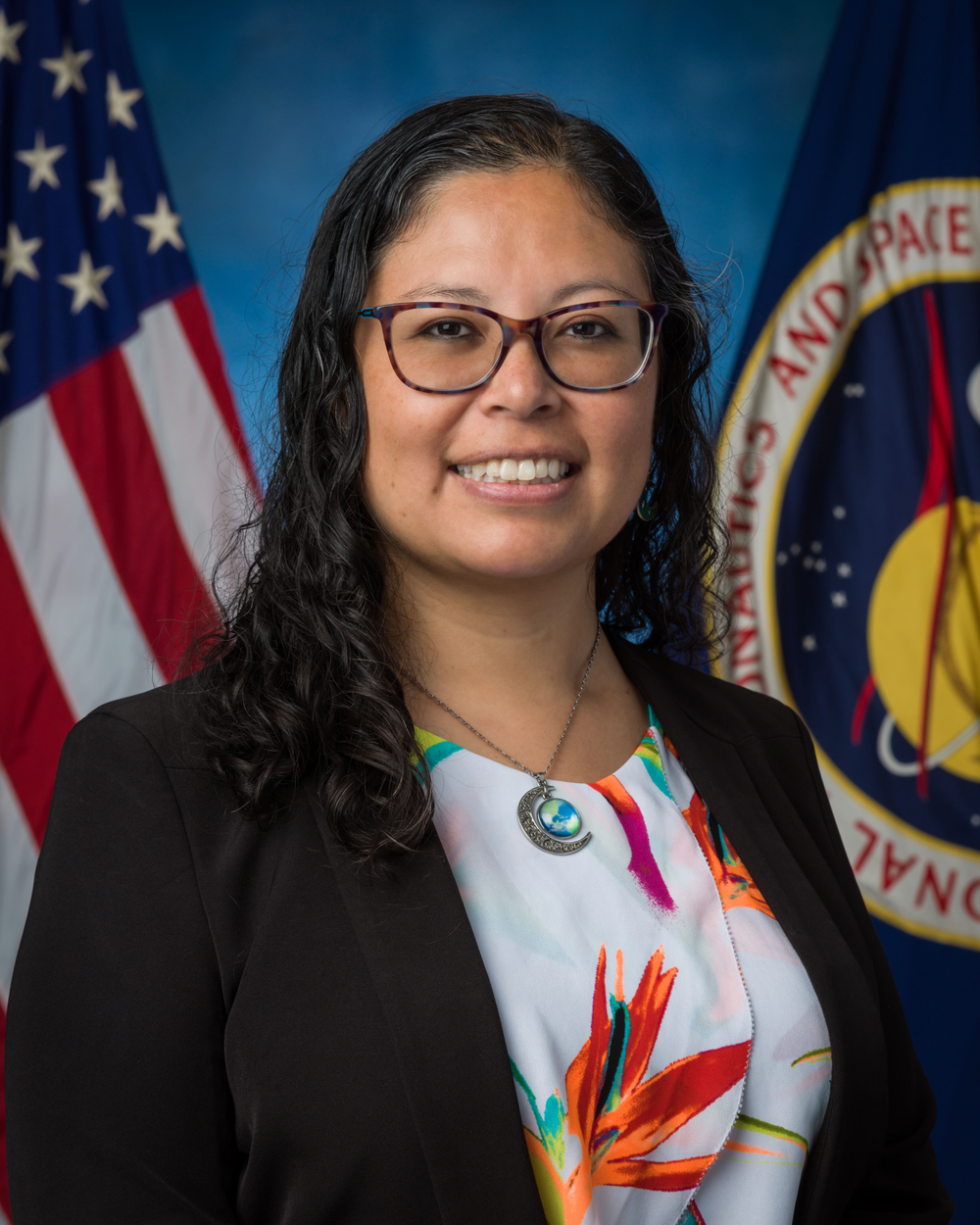
“I have been passed over for opportunities because of my age,” she said. “There was an assumption that I was too young to be in certain roles even when I had demonstrated I can handle the workload and do things efficiently. To overcome that stereotype, I had to remind people of my capabilities and to focus on the products and impact of my work rather than age.”
Supporting diversity and inclusion at NASA is a priority for Silva-Martinez. During her nine years at NASA, she has participated in professional outreach events led by the Hispanic Employee Resource Group (HERG), mentored early career professionals, and shared her culture with coworkers.
***
Matthew Galeano, VIPER Materials and Processes Lead, Structural Engineering Division
Matthew Galeano is the VIPER materials and processes lead at Johnson and has worked at NASA for a decade. Galeano manages risk reduction activities and testing for structures, mechanisms, thermal systems, ground support equipment and many other systems to meet the operational requirements for VIPER’s upcoming mission. He noted that VIPER is currently in the hardware integration phase, which requires strong team coordination and benefits from a diverse and unified environment.
Galeano takes great pride in working at NASA. He said his role brings a sense of fulfillment and inspiration to his family, friends, and the Hispanic community.
“I celebrate my culture through exhibiting values I inherited from my parents, who immigrated to this country from Colombia,” he said. “They instilled in me the importance of hard work, resilience, and maintaining a positive outlook, which continue to drive my dedication and contributions to NASA.”
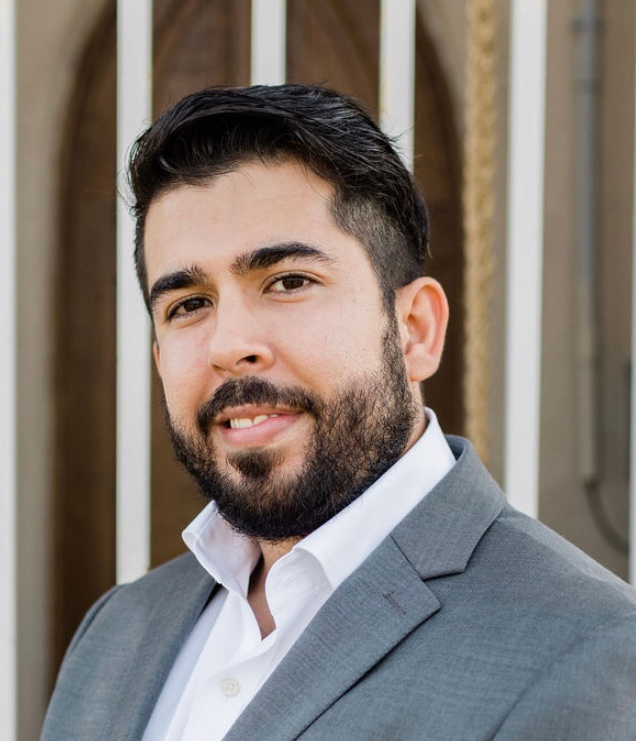
VIPER has been a significant learning opportunity for Galeano, offering valuable experience in a fast-paced and demanding environment. He said his time at NASA has been instrumental in his growth as a Latino leader and has taught him the power of collaboration and mentorship. Sharing goals and cultural knowledge as a team has reinforced his belief that by helping others succeed, greater heights can be reached. He hopes to inspire the Artemis Generation with the belief that innovation knows no bounds, and challenges are opportunities in disguise.
Diversity and inclusion at Johnson are very important to Galeano, and he believes that an impactful step NASA can take is to establish dedicated ‘diversity and inclusion time’ for employees. “This allocated time would allow more employees to engage in diversity-related activities, events, and initiatives,” he said. “By making diversity and inclusion an integral part of NASA’s culture and acknowledging its significance, employees can engage in these efforts without feeling they are neglecting their daily tasks.”
***
Jessica Cordero, Community Engagement Officer & Space Flight Awareness Lead, Public Engagement
Jessica Cordero has supported NASA’s mission for 31 years. She currently coordinates community engagement events outside Johnson’s gates. Cordero has dedicated her career to amplifying the great work that NASA is doing with the public.
“While at events, there’s nothing more fulfilling than seeing children and adult’s eyes light up and open wide when we tell them that we are going back to the Moon with the Artemis program,” said Cordero.
Cordero does not shy away from celebrating her culture with her peers. She intentionally develops relationships with people with diverse backgrounds and occupations and makes it a point to make everyone feel included. “I enjoy sharing my heritage along with my southern hospitality by showing kindness and respect to everyone,” she said.
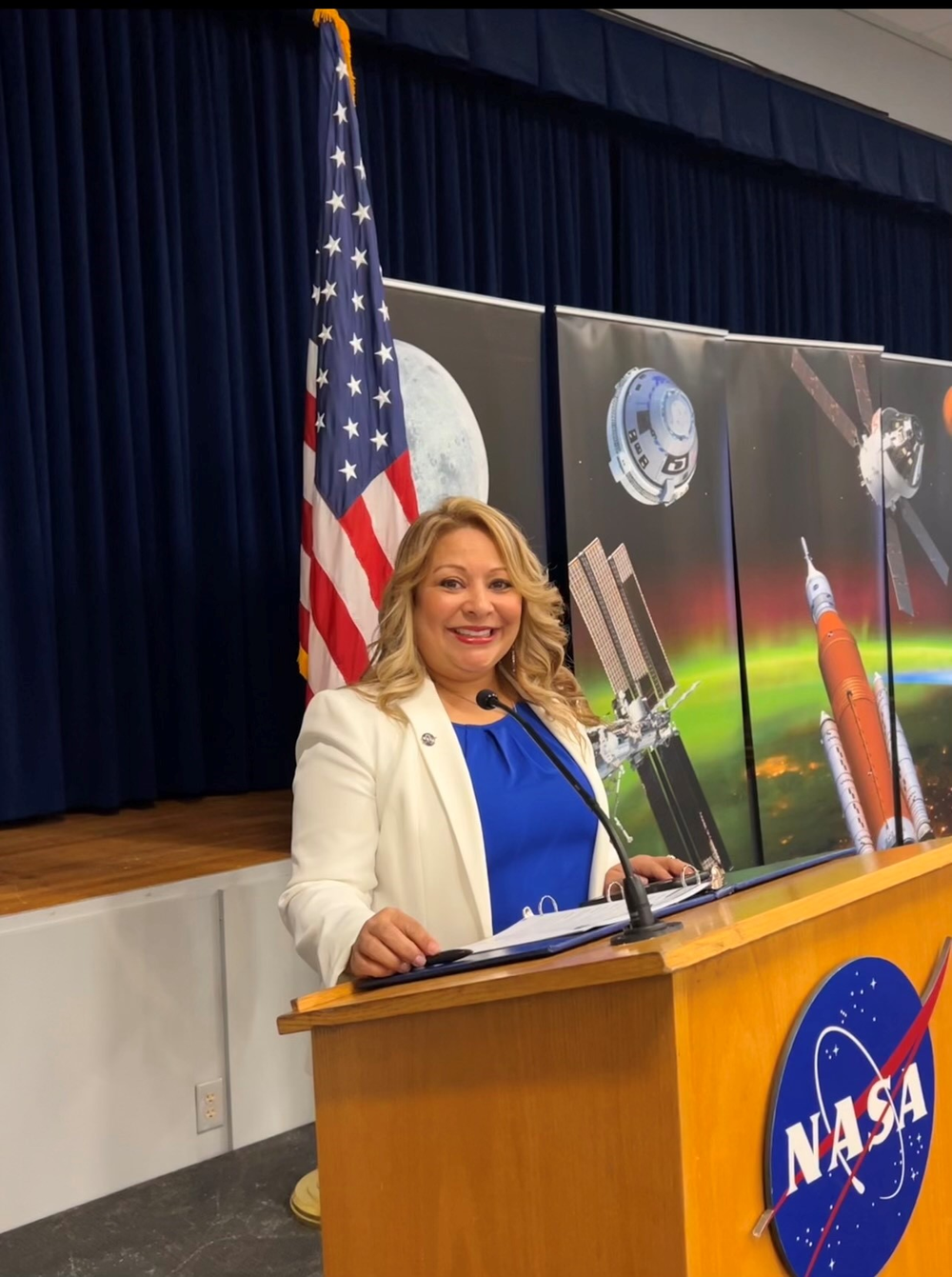
In addition to Cordero’s work at NASA, she also takes pride in volunteering outside of Johnson.
“My highest achievements are in serving others,” she said. “I have a huge heart for international missions as well as missions work here in Houston. I take lots of pride in ensuring I connect people with resources.”
Cordero is part of the mission team at her church, Hope City, and she coordinated close to 300 service projects since 2020. She went to Uganda in 2021 to help with a medical mission trip for about 500 people. Earlier this year, she coordinated a team to go to Honduras to build a water well, host a vacation bible school, and distribute food to 280 children and 85 women. She plans to travel back to Africa this November, and to Honduras in 2024. “My heart is to serve and it’s honestly the thing that I love to do,” she said.
Cordero strives to enhance NASA’s diversity and inclusion as a Latina. She says, “We must remember that it’s not only the leadership’s job to bring diversity, but also each of our jobs to help share NASA’s opportunities. We are all on the hook to promote diversity and inclusion, and we can’t complain if we are not taking intentional steps to be part of the solution.”
Cordero advises the Artemis Generation to dream beyond their wildest dreams. “You have a gift, you are valued, and we need you to help get us to MARS!”
***
Luis Betancourt, System Test Engineer, FOD Mission Systems Division
Luis Betancourt is a system test engineer at the Mission Training Center (MTC). As the test lead for the Artemis training systems, he performs end-to-end tests of the vehicle simulations, including both hardware and software, and verifies that they meet the training requirements and the user’s needs.
Betancourt had the opportunity to work in the Space Shuttle Program, which was his childhood dream. During that time, he became motion certified and got to spend hundreds of hours in the shuttle’s Motion Base Simulator testing various systems, including ascent, entry, and abort scenarios. Betancourt also dreamed about working on space flights beyond low Earth orbit, thus, contributing to the Artemis program has been rewarding and special to him. Given his experience in different roles over 23 years at NASA, Betancourt believes that teamwork is essential to develop cohesiveness and diversity. “Diversity and inclusion lead to team synergy, which then leads to thriving teams,” he said.
2231.png?generation=1696539653058858)
When it comes to integrating his culture into the workplace, Betancourt makes it a priority to get to know others at NASA with different backgrounds by sharing stories and experiences.
“We all bring a different perspective that has been uniquely shaped by our identities and cultures, so we all have something to share and learn from each other,” he said. As a trailblazing Latino, he hopes to inspire the next generation of Latino space explorers. He says, “Be yourself, dream, create, celebrate, and inspire. We are all Artemis!”







